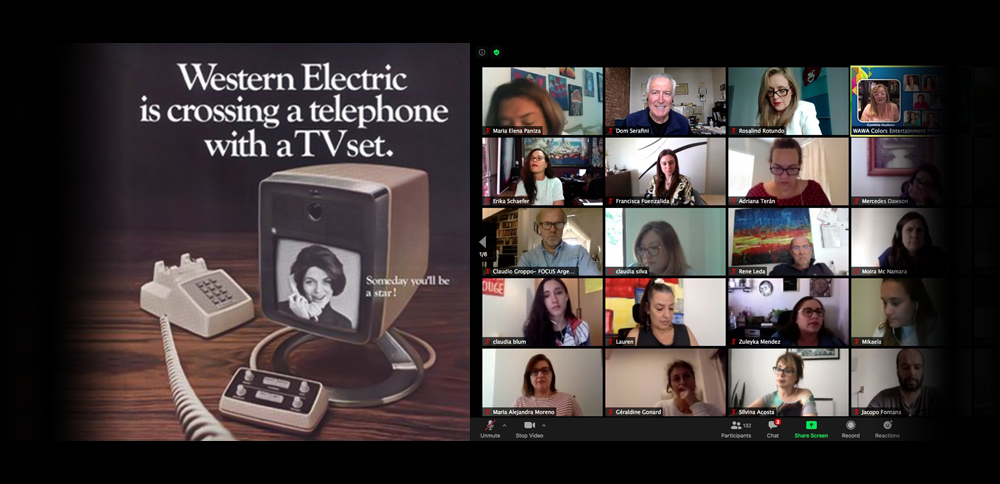The world at large is currently experiencing “Zoom fatigue” due to the extensive use of virtual face-to-face technology. This extensive use is imposed by fear of the coronavirus pandemic and spurred by the inexpensive digital video-streaming technology.
The question that now arises is whether “Zoom meetings” (as video-conferencing and video-calling are now commonly called) will remain as popular and as widely used once the pandemic is finally extinguished.
Last week, after the announcement that at least two effective vaccines against COVID-19 will soon be available, Zoom’s stock dropped 25 percent in two days.
It should be noted that even though Microsoft’s Skype was first in popularizing online video calls in 2003, the pandemic made public company Zoom, whose app was introduced in 2011, more popular. So much so that the word “zooming” has become as common a verb as “googling.”
Interestingly enough, some people were looking forward to remote-working as early as 1912. The Wall Street Journal reported that in the July 1912 edition of Cassier’s Magazine, engineers predicted that “when the telephone call comes with the face of the person who’s talking, it will be unnecessary for people to travel to and from work.”
An earlier form of video-calling was CU-SeeMe, which was developed by Cornell University and commercially introduced in 1993. The app is now owned by U.K.-based Spirent Communications. Another app for video-calling is Apple’s FaceTime, which was introduced in 2010.
What we now call video-streaming actually has a long history. Indeed, video telephony was first imagined as early as 1880, but before it could reach a commercial form through AT&T in 1964, it went through several precursors, starting with Western Union’s wire photo in 1921, the closed-circuit videophone in 1936, and Western Union’s telecopying (or fax machine) in 1948.
To have AT&T come out with the first commercial picture-phone in 1964, its Bell Labs started experimenting with the technology in 1927. However, AT&T discontinued it in 1973 since it did not become popular, possibly due to its high cost, which included a monthly fee of $160 and 25¢ for each additional minute after the first 30 minutes. In today’s dollars, this is $1,343 and $2, respectively. Then again, as early as two years ago, video-conferencing services cost thousands of dollars.












Leave A Comment